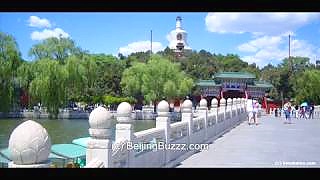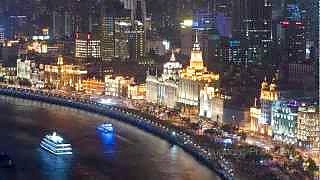AnHui province.
[640],shadow=true,start=40,stop=
Live more ...
 A winter trip to HuangShan 黄山
A winter trip to HuangShan 黄山AnHui province.
[640],shadow=true,start=40,stop=

|
With Rafa Goes Around! ...
Bonus films - with Nook Cranny ...
With The China Traveler ...
With Vica Chinese ...
With For All Life's Adventures ...
|

|
There are nearly 300 photographs in this beautiful slideshow ...
|

|
ShangHai, BeiJing and Hong Kong ...
|

|
From CCTV / CGTN ...
|

|
Naturally colored glutinous rice.
|

|

|
Bonus film - a DIY woolen cloak for winter warmth ...
Live more ...
|